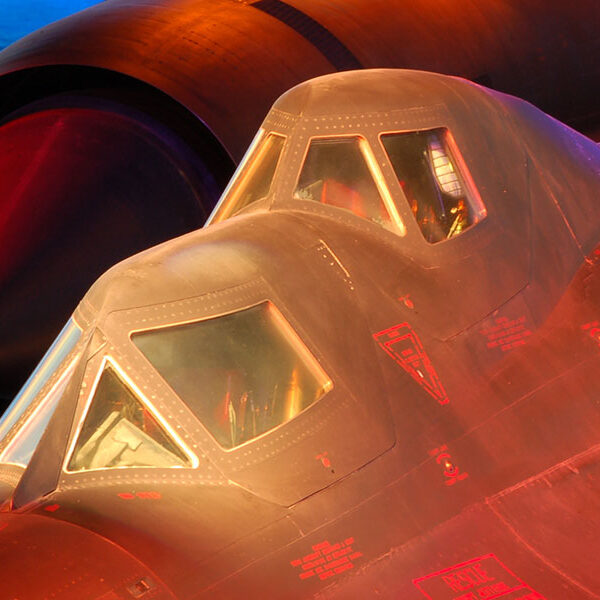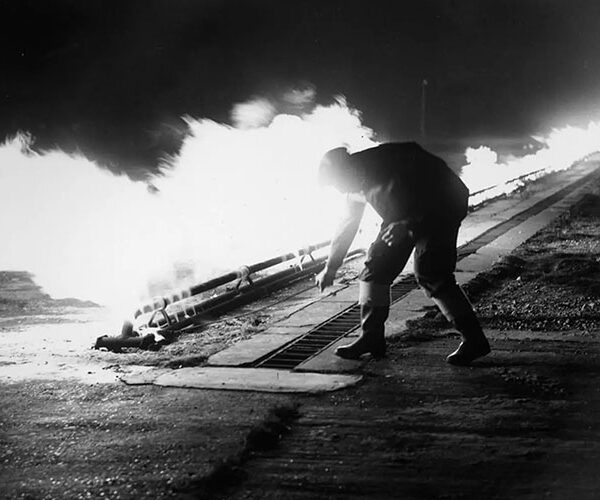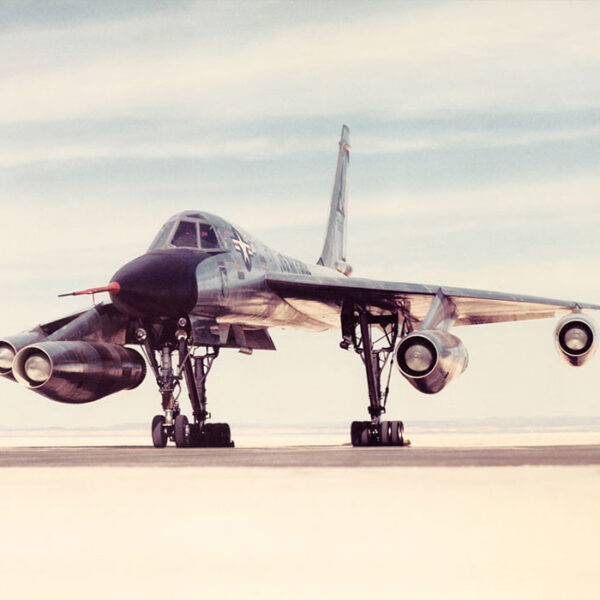The History of Gulfstream Aerospace
Gulfstream Aerospace has, over the years, come to be known for its great success in the business jet market. The engineering and design of their model lineup has become synonymous with private aviation luxury while the commanding ramp presence and massive panoramic oval cabin windows has defined the brand to pilots and passengers alike.
But like many manufacturers, the company’s path to success has, at times, been somewhat circuitous. From military adversary trainers to airliners to electronics warfare and airborne television transmission platforms, the roles performed by Gulfstreams have been far more varied than many realize. How, then, did the company’s offerings evolve into the elegant, luxurious brand that defines it today?
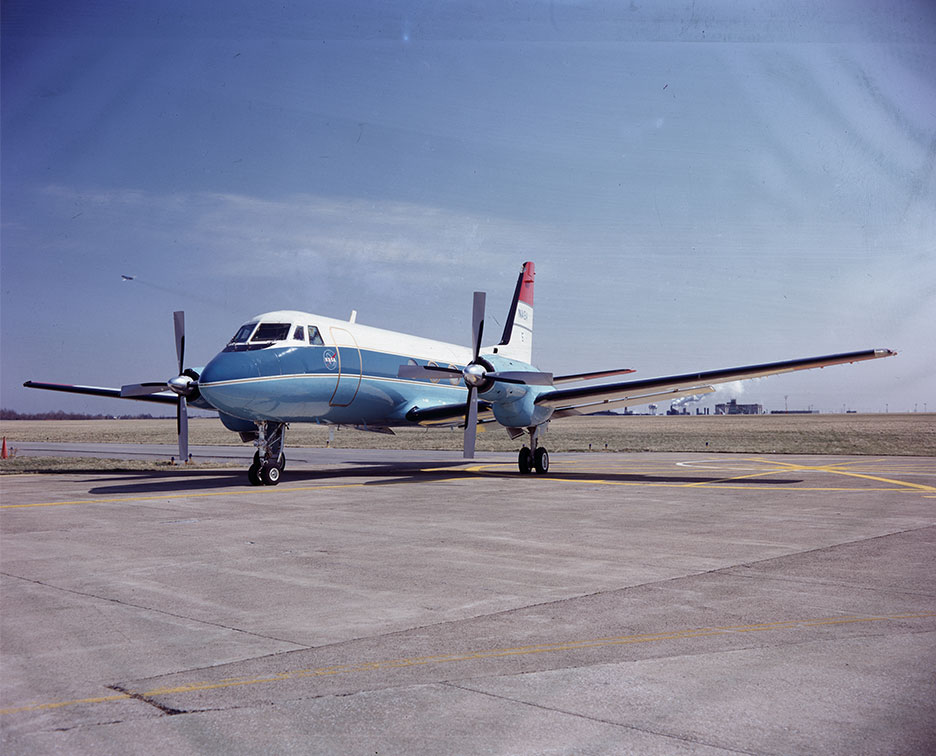
THE EARLY YEARS
The very first Gulfstream was a Gulfstream in model name only, and was in fact developed and manufactured by Grumman. The Grumman G-159 Gulfstream I, as it was officially known, was a 10-24 passenger twin-engine turboprop that was slightly smaller than the jets that eventually replaced it. With the same fuselage cross-section that carried over into modern Gulfstreams, the G-I offered a different approach to the business aviation segment, eschewing the speed and ceiling of pure jets in favor of a larger, luxurious cabin and reduced fuel consumption.
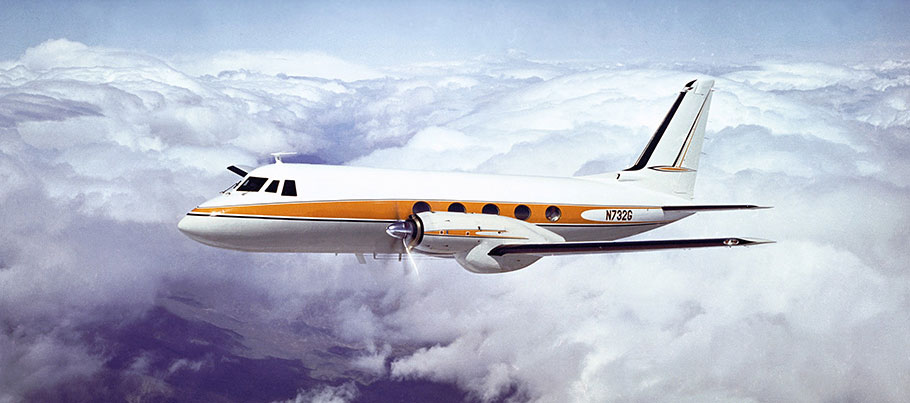
When the G-I first flew in 1958, the business aviation segment was uncrowded. The large, four-engine Lockheed Jetstar, first flew in 1957 and claimed the honor of the first purpose-built business jet. With four turbojet engines mounted at the tail and two large, bullet-shaped underwing fuel tanks to feed them, the Jetstar generated a striking ramp presence.
This made the jet stand out in stark contrast to the existing fleet of large, converted military piston twins such as the Lockheed Lodestar that were the go-to solution for corporate travel in that era. The six-foot tall cabin accommodated 8-10 passengers and provided a range of up to 2,600 nautical miles at speeds and altitudes that were, at that time, only achievable by military jets. It was large, expensive, and impressive.
One year after Jetstar first took to the skies, the North American/Rockwell Sabreliner followed suit. First flown in September of 1958, the Sabreliner created a new, smaller category of private jet. With two jet engines, a five-foot tall cabin, and space for 5-7 passengers, it provided a solution for business and private individuals that desired the capability of a private jet but had no need or desire for the size, range, and fuel consumption of the big Jetstar.

As these new jets were capturing attention in the industry and at airports alike, the Gulfstream I quietly began selling as a middle ground. While the stand-up cabin offered spacious, walkable luxury, the turboprop engines – small jet engines each driving a propeller – provided greatly reduced fuel burn with correspondingly lower operating costs. Although customers of large private jets are typically not overly constrained by budget, the G-I offered a cabin experience on par with the big Jetstar without the expense of feeding and maintaining four thirsty turbojet engines, and it would go on to sell nearly as well. In fact, Grumman ultimately built 200 examples of the G-I – just two fewer than the Jetstar.
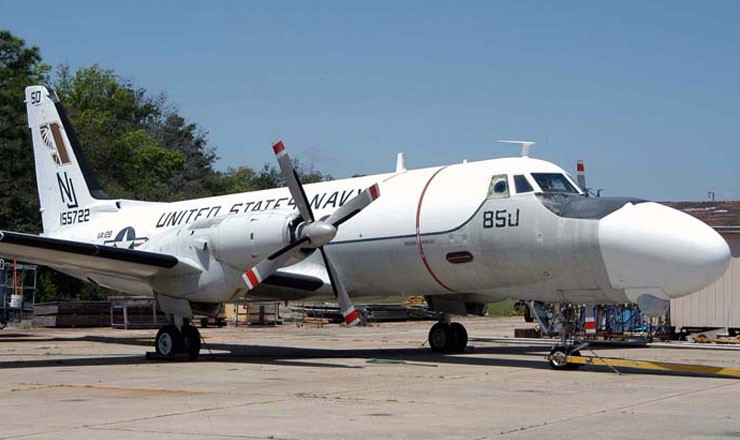
BRANCHING OUT
Perhaps due in part to being produced by Grumman, a company well-versed in winning military contracts, the Gulfstream I went on to see success in roles outside of corporate and private travel – including the military. The US Coast Guard acquired one for VIP transport duties, and the US Navy acquired a handful to serve as trainers for Grumman A-6 Intruder bombardier/navigators. Known as the TC-4C Academe, the Navy version stood out with a bulbous A-6 nose. The nose was required to house the A-6’s radar and equipment, enabling a number of trainees to operate it and undergo training more efficiently than doing so in operational attack jets.
The G-I also saw success in a role that is perhaps surprising for an aircraft designed as a luxurious corporate aircraft – a regional airliner. Used by a small number of operators in the US and Europe, the initial version accommodated 24 passengers and retained the large, oval windows that were originally designed to create a luxurious experience for private and corporate fliers. While the seat width and pitch were a far cry from a private aircraft, the panoramic view provided by the windows must have elevated the regional airline experience dramatically.
The G-I was successful enough in the airliner role that after the company transitioned from Grumman to Gulfstream, they opted to lengthen the fuselage for increased capacity. Naming it the Gulfstream G-1C, the longer aircraft seated 38 passengers, and five examples were built.
While G-I airline service was to be relatively short-lived, the type would go on to serve in a number of roles into the 2020s. The final operator, Phoenix Air, maintained a small fleet and utilized it for various military contracts, including clandestine operations and adversary training. They continued flying the type through the end of 2021.
THE JET AGE
With the success of the G-I evident, Grumman came to understand two realities of private and corporate aviation. First, there was a robust market for large-cabin, long-range aircraft. And second, that this market segment was not immune to the allure of high-speed, high-altitude jet performance.
The general public was falling under the spell of the jet age aboard such airliners as the Boeing 707 and the Douglas DC-8, and corporate travelers were following suit aboard smaller private jets such as the Rockwell Sabreliner and Lockheed Jetstar. By the early 1960s, Grumman put their engineers to work designing a jet version of the Gulfstream I and in parallel, created a full-scale mockup to gauge interest from potential customers.
Upon seeing the proposal, some 30 customers paid deposits for the unbuilt jet and with that, the Grumman G-1159 Gulfstream II became a reality.
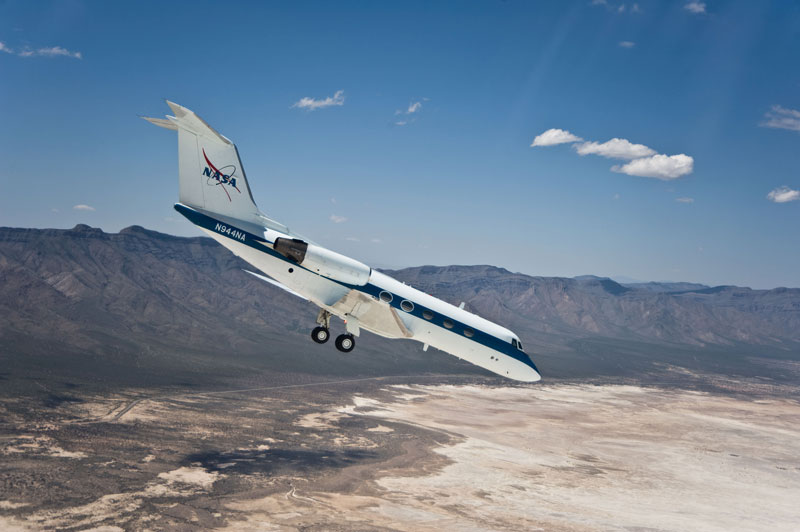

The prototype made its first flight in October of 1966, its Rolls-Royce Spey turbofan engines blanketing the neighborhoods below with a decidedly different sound than the low hum of the turboprop aircraft it was replacing. Grumman received FAA type certification the following October, and with that, the company was well on its way into the jet age.
Among the more notable aspects of the new jet was the wing. Designed to perform as efficiently as possible at high altitudes in the interest of maximizing range, it was very clean, both aerodynamically and visually. The wing in particular was a study in elegance, devoid of any flap track fairings on the underside that are common even among modern business jets being produced today.
During the G-II’s production run, Grumman separated its civil and military production and ultimately divested the Gulfstream line. Now a separate, independent company, Gulfstream went on to develop the Gulfstream III, which improved upon the G-II with a refined wing, new avionics, and new cockpit windows. The G-III would be the last Gulfstream to utilize the low-bypass Rolls-Royce Spey engines, and by the time production ended in 1986, some 202 examples had been built.
MODERNIZATION
As production of the G-III was winding down, the digital age was ramping up. With ever-faster processing power at their disposal, Gulfstream engineers were able to latch on to accelerating technology to further improve the company’s offerings – both in design and production, as well as in the end user experience. Accordingly, the ensuing G-IV and G-V would incorporate massive advances inside and out.
Externally, the most notable change came in the form of the massive Rolls-Royce Tay turbofan engines for the G-IV and BR710 turbofans for the G-V. Utilizing a much higher bypass ratio, these engines incorporated correspondingly larger fans, making the new Gulfstreams easy to pick out on a ramp. They were also more efficient, returning a range of 4,220 nautical miles for the G-IV and 5,500 nautical miles for the G-V.

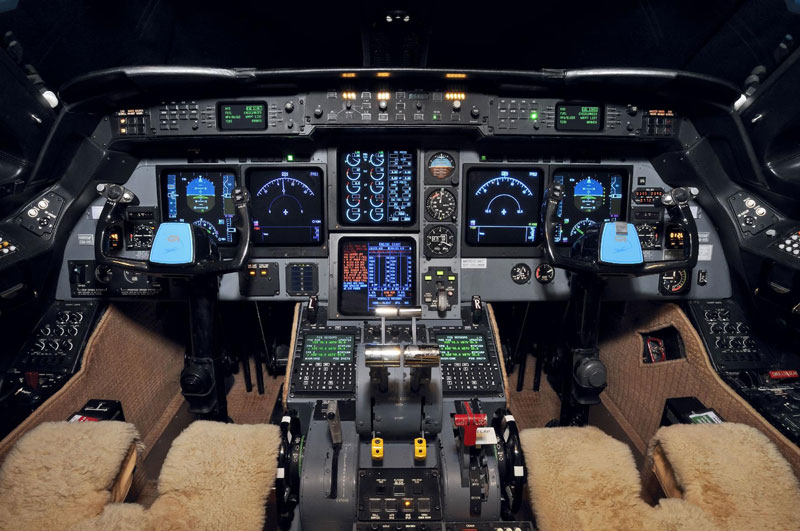
Inside, the flight decks received a similarly significant upgrade in the form of new avionics. Gone were the hundreds of legacy analog dials and gauges. In their place were state-of-the-art CRT screens that improved safety through a cleaner, more logical display of information.
Launched in 1985 and 1995, respectively, the G-IV and G-V enjoyed success in the market. By the time replacements were announced, 1,000 examples of the G-IV and193 examples of the G-V were produced. But perhaps a stronger testament to their success was their evolution into the G450 and G550, updated versions that themselves would go on to sell well into the 2000s, with several special mission variants being produced during this time, as well.
LOOKING AHEAD
When Gulfstream decided to update the G450 and G550, the company opted for an entirely clean-sheet design, finally eschewing the legacy fuselage design whose DNA could be traced back to the 1950s. Gone was the familiar nose section profile, and gone was the familiar fuselage. In their place in the form of the G500, G600, G700, and G800 was an entirely new aircraft, incorporating correspondingly new engines and systems.

If history is any indication, this new family of aircraft will likely serve for decades. Like the predecessors, it will likely become updated with increasingly advanced avionics and engines providing ever more efficiency. But even as the aircraft is upgraded and modernized into the future, it will continue to provide class-leading performance, ramp presence, and legacy.


